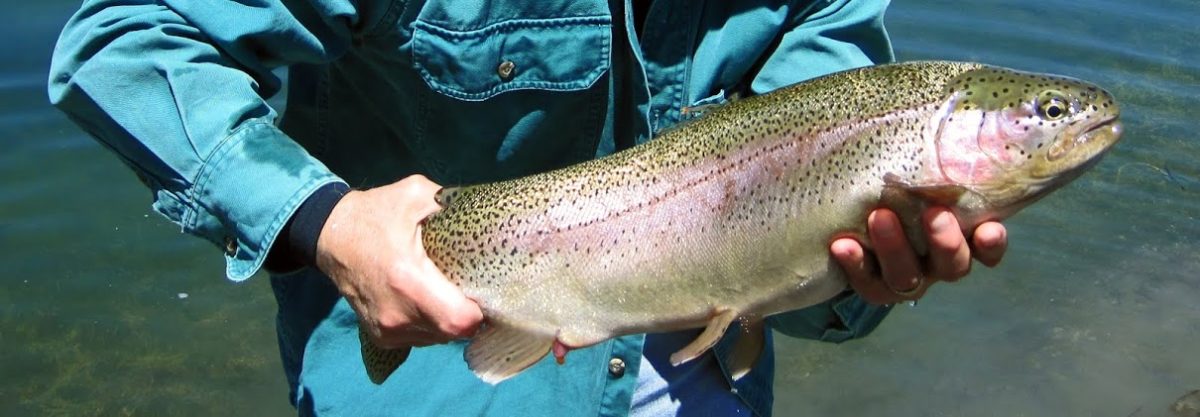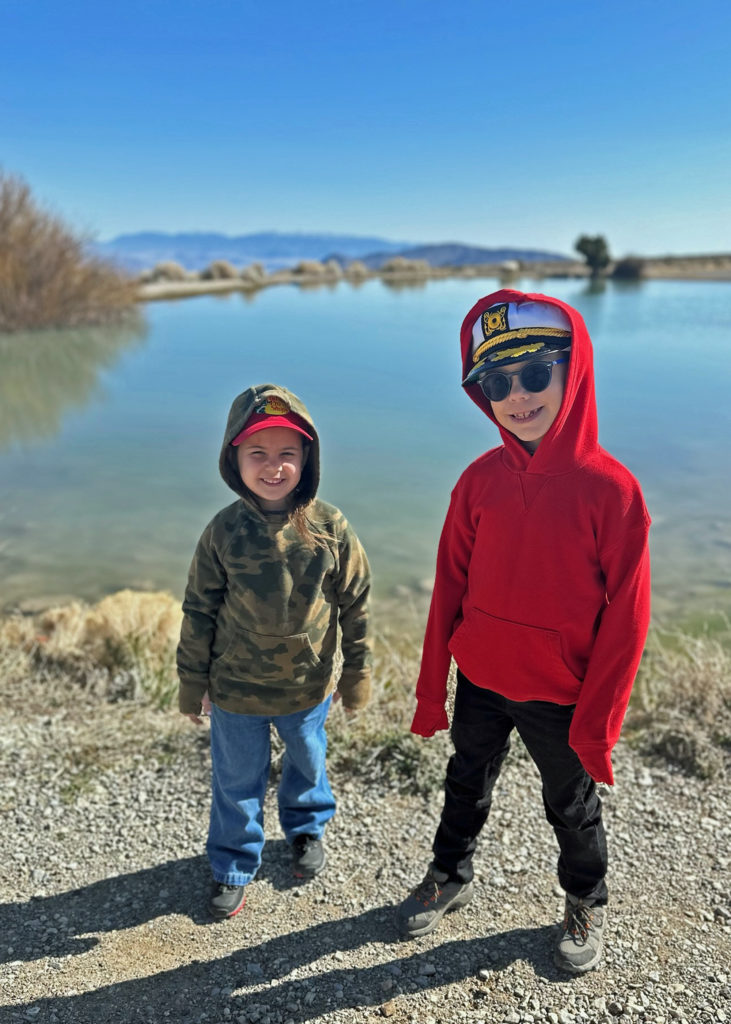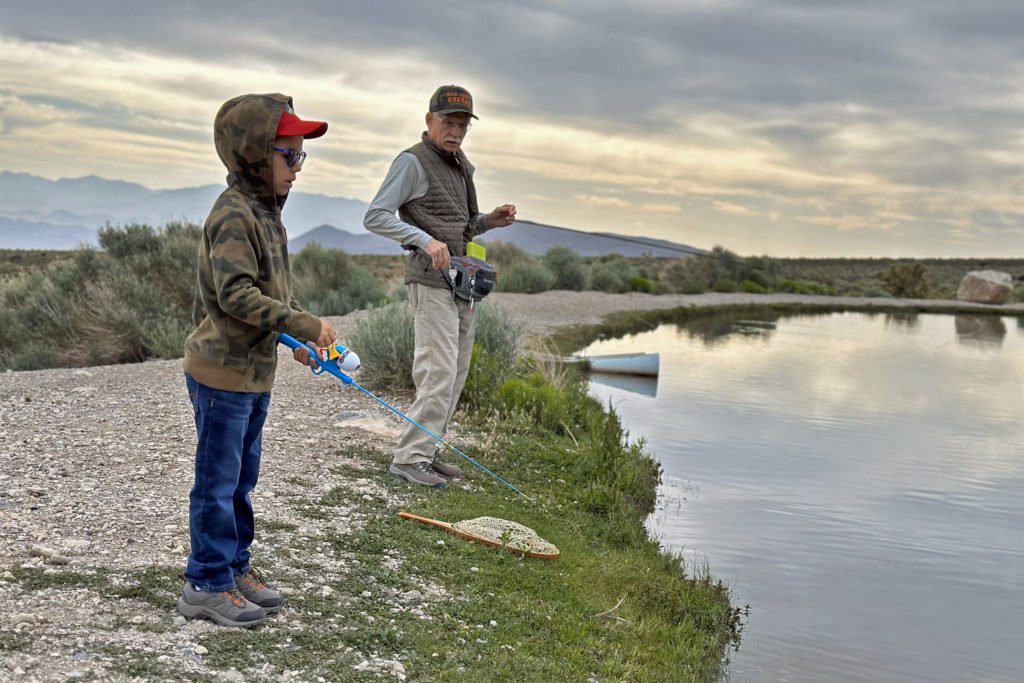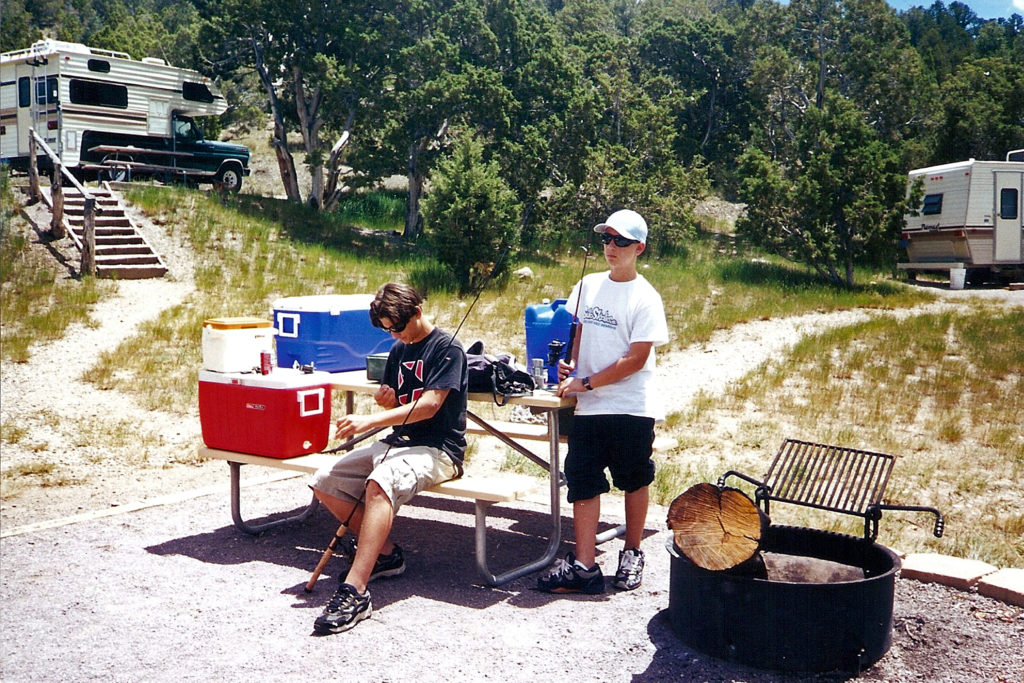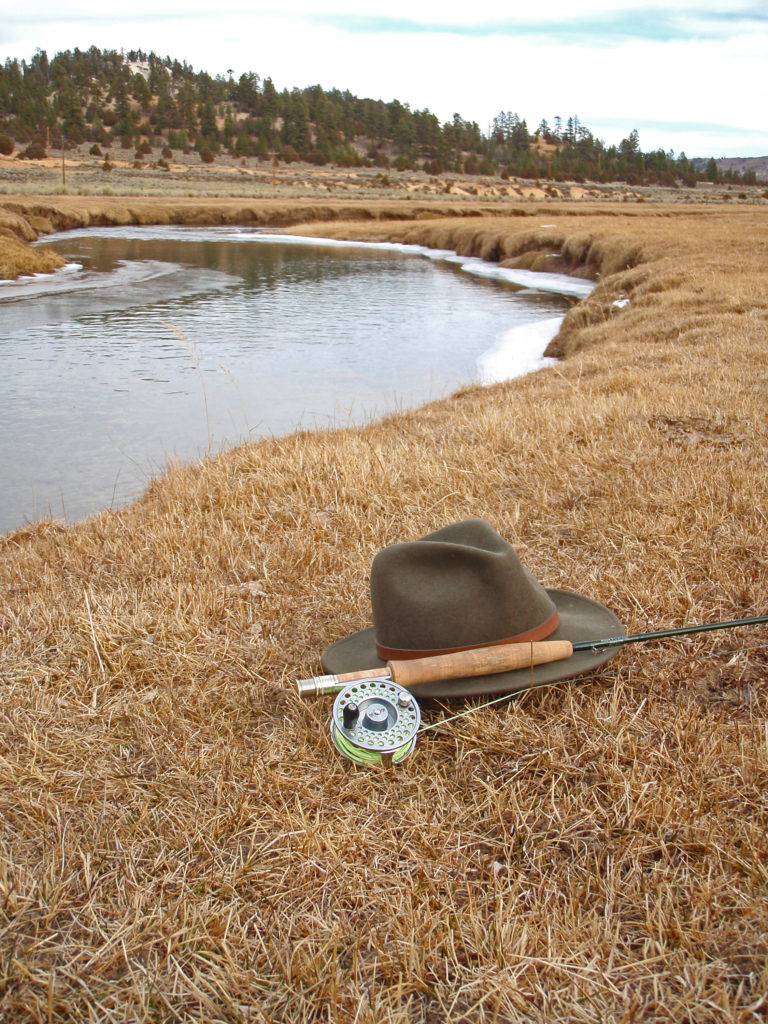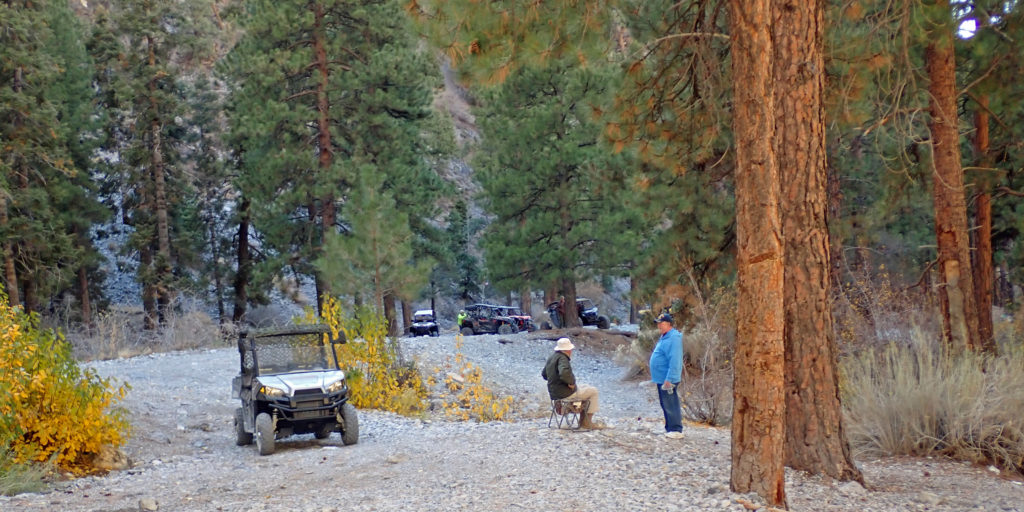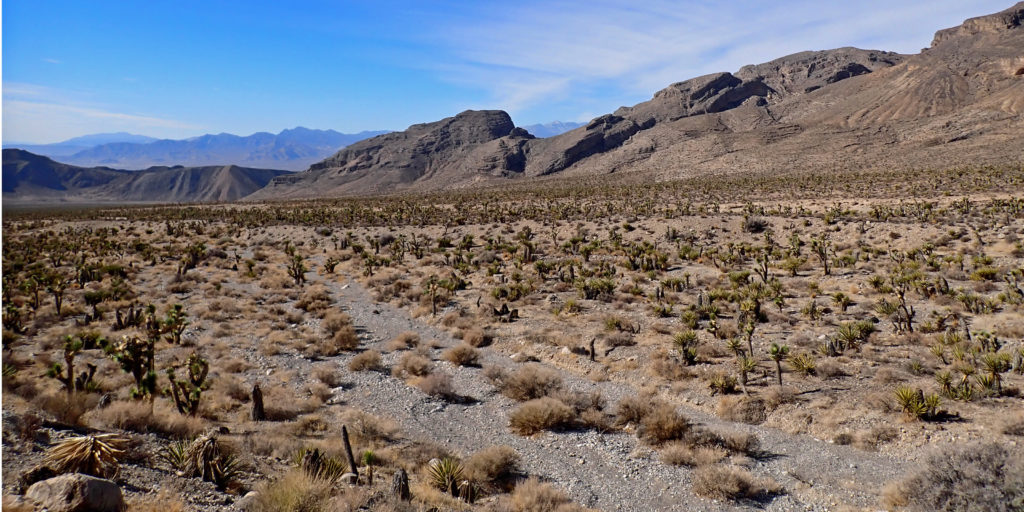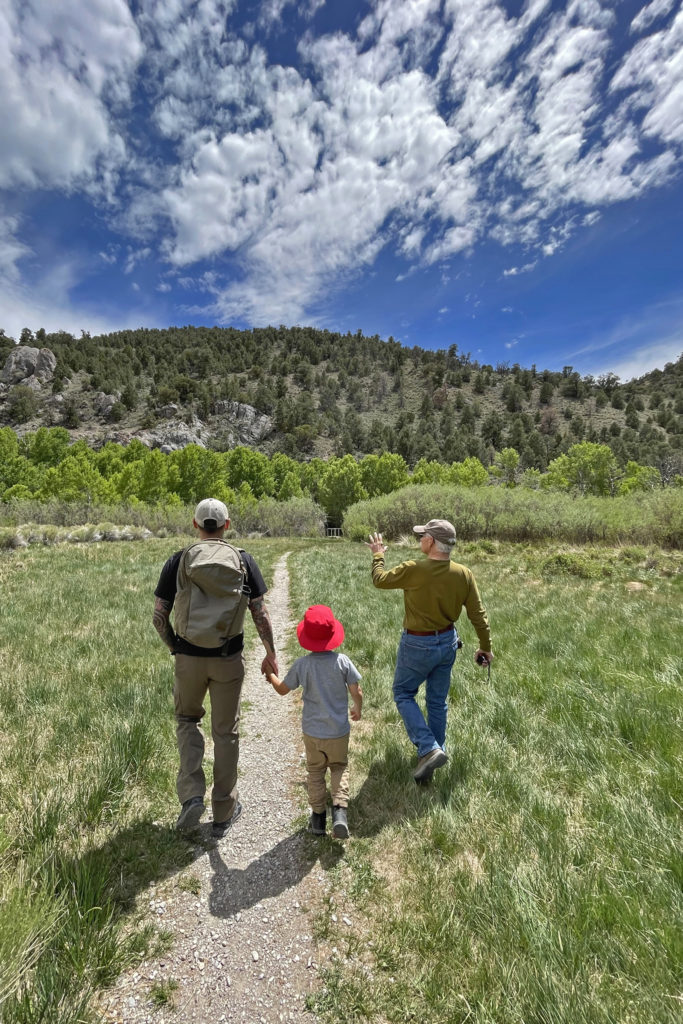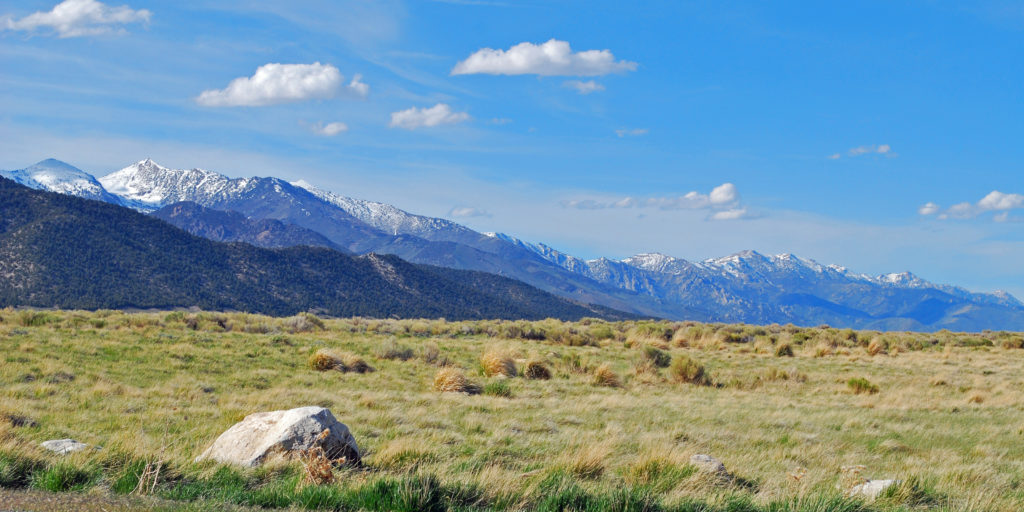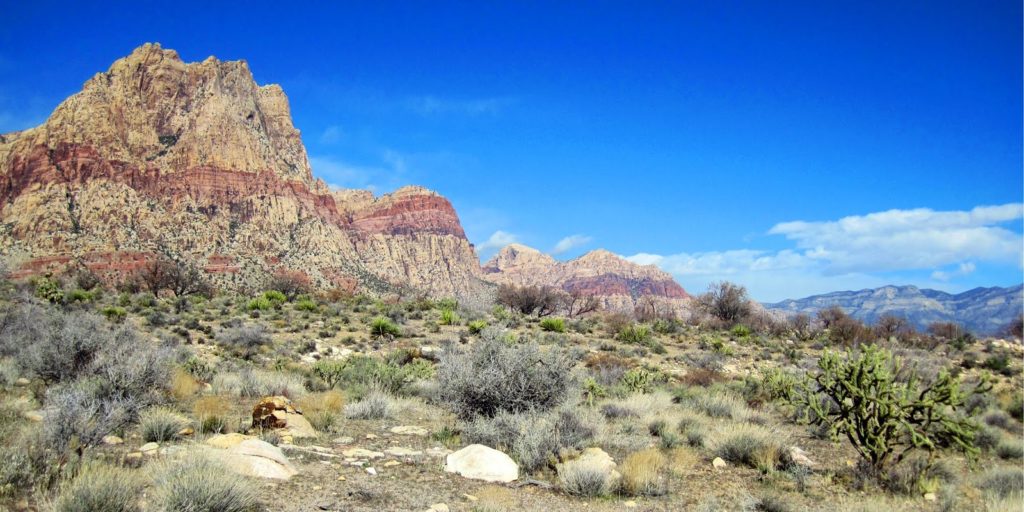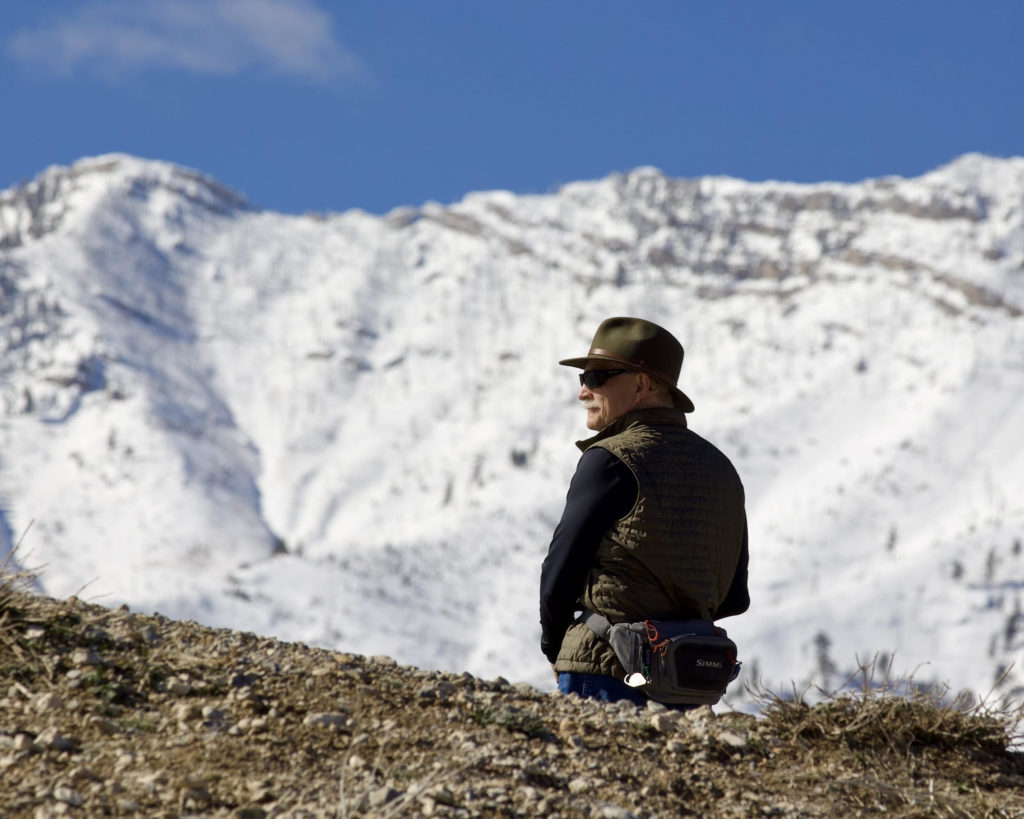
One of the hobbies my sister-in-law Yvette enjoys is photography. She is quite skilled at it and is regularly active in a camera club. It seems to me that her interest in outdoor photography has expanded in her retirement years. She has participated in several camera trips to some of North America’s most remarkable national parks like Everglades, Acadia, Yosemite, Yellowstone, and Banff (Canada).
Continue reading “A Cold Creek Photo Shoot”